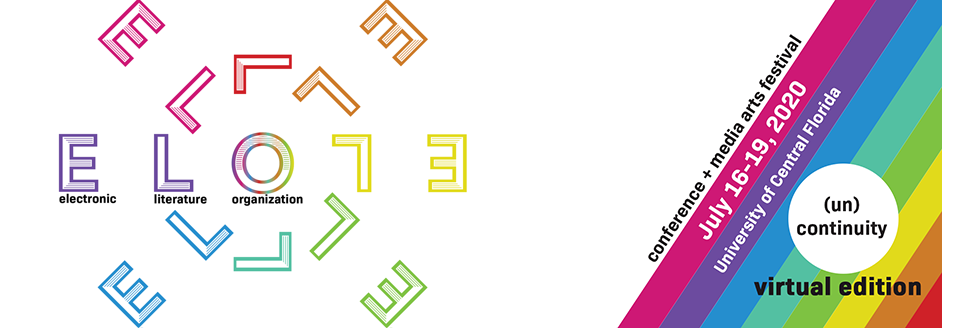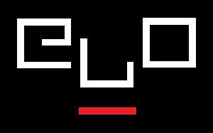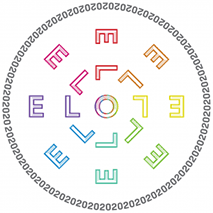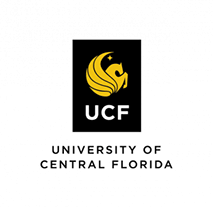Submission Type
Conference Proceedings Paper
Abstract
Autopia (Troll Thread, 2016) and The Truelist (Counterpath, 2017) are computer-generated literary books. I reported at ELO 2014 on two of my text-generating “novel machines” (Montfort 2014). The two projects discussed in this paper are about novel-size, but are different sorts of projects. Autopia’s text consists of headline-style sentences made entirely of the singular and plural names of cars. This project manifests not only as a print-on-demand book from a post-digital publisher, but also as a web project and a gallery installation. The Truelist’s 140 pages of verse are available in offset printed book form and also as a complete studio recording; additionally, anyone is welcome to run the even simpler and shorter program to generate the exact text. The main component of each line of The Truelist is a solid compound (or kenning, or conceptual blend). Neither program is interactive in the usual sense, but they are both short, use no external data or libraries, and are explicitly licensed as free software, inviting people to explore or revise them as programmers. Autopia and The Truelist both produce straightforward combinations of a limited set of linguistic units. They differ, however, in several ways: certainly in register, but also in that one of them, Autopia, is meant to be an ultimately illegible flood of micronarratives, the other, The Truelist, I hope will welcome a complete reading by some dedicated and imaginative individuals.
Included in
Autopia and The Truelist: Language Combined in Two Computer-Generated Books
Autopia (Troll Thread, 2016) and The Truelist (Counterpath, 2017) are computer-generated literary books. I reported at ELO 2014 on two of my text-generating “novel machines” (Montfort 2014). The two projects discussed in this paper are about novel-size, but are different sorts of projects. Autopia’s text consists of headline-style sentences made entirely of the singular and plural names of cars. This project manifests not only as a print-on-demand book from a post-digital publisher, but also as a web project and a gallery installation. The Truelist’s 140 pages of verse are available in offset printed book form and also as a complete studio recording; additionally, anyone is welcome to run the even simpler and shorter program to generate the exact text. The main component of each line of The Truelist is a solid compound (or kenning, or conceptual blend). Neither program is interactive in the usual sense, but they are both short, use no external data or libraries, and are explicitly licensed as free software, inviting people to explore or revise them as programmers. Autopia and The Truelist both produce straightforward combinations of a limited set of linguistic units. They differ, however, in several ways: certainly in register, but also in that one of them, Autopia, is meant to be an ultimately illegible flood of micronarratives, the other, The Truelist, I hope will welcome a complete reading by some dedicated and imaginative individuals.




Bio
Nick Montfort’s eight computer-generated literary books are from four presses; of these, Golem is forthcoming. He edits Counterpath's series of computer-generated books, Using Electricity. Among his more than fifty digital projects are the collaborations The Deletionist and Sea and Spar Between. He has six books out from the MIT Press, most recently The Future, with a second edition of Exploratory Programming for the Arts and Humanities coming next. He is professor of digital media at MIT, where he directs The Trope Tank, and lives in New York.